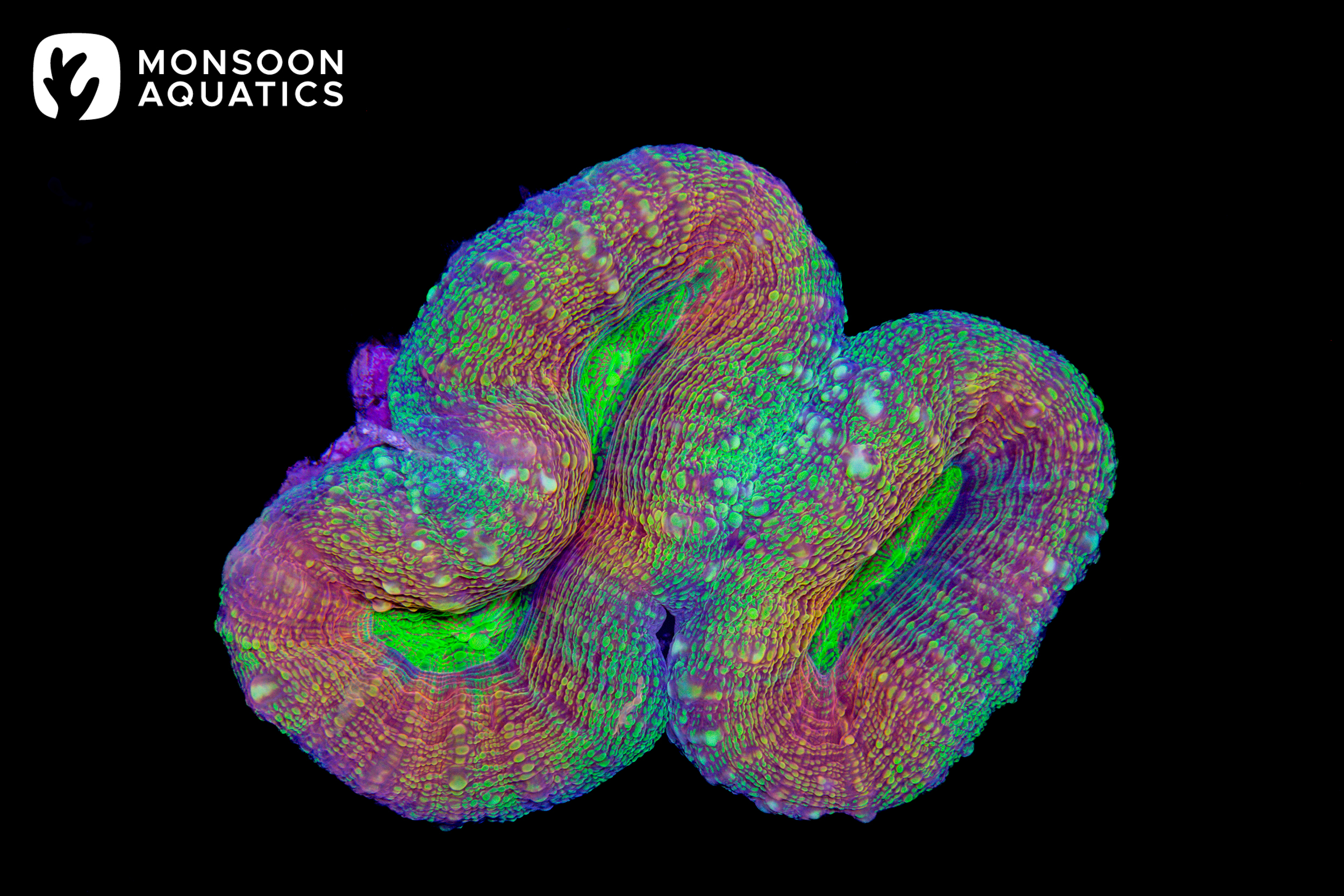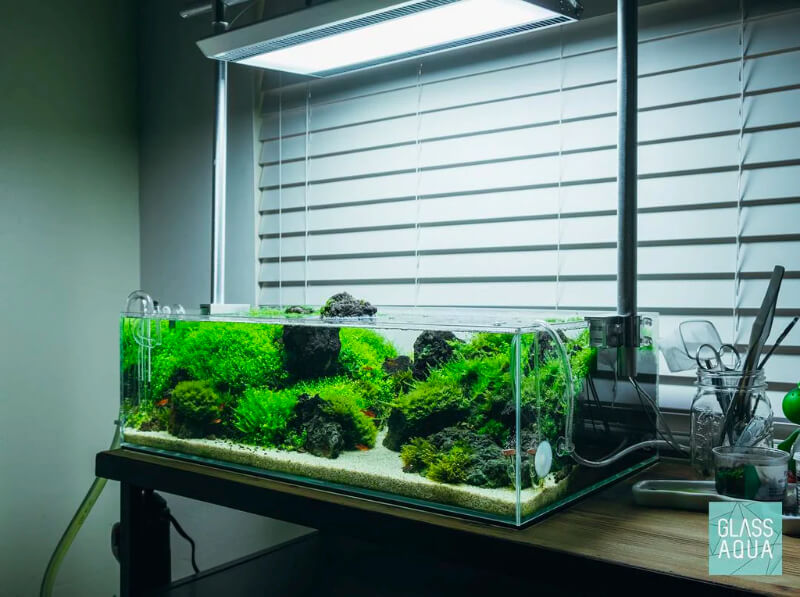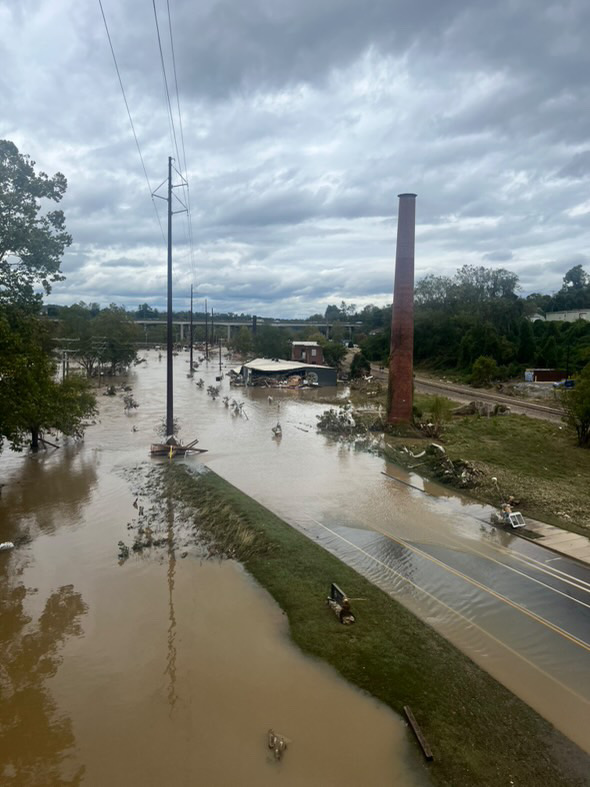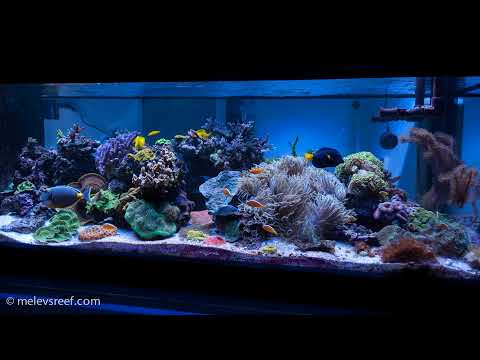In recent months, Monsoon Aquatics in Australia spawned Acanthastrea pachysepta. Their spawn has now had time to grow, and they are beginning to offer these pieces for sale to the public. This is a paramount achievement, being one of the first times captive-spawned corals have been put on the market and one of the first times Acanthastrea pachysepta has been spawned in captivity. I speak with Monsoon’s head scientist, Dr. Johnathon Moorehead, in this article. Dr. Moorehead has a PhD in captive breeding techniques and degree qualifications in Aquaculture.
Did you have any difficulties spawning pachysepta compared to other species you have worked with?
Our pachysepta spawn was actually opportunistic. We received several adult colonies one month before they had spawned and were part way through fragging them for our asexual propagation program. As such, while we were watching our target species (scolys, acans, ancora, divisa mainly) we observed both uncut mother stock and newly healed frags releasing bundles. It was only a small spawn.
Acanthastrea pachysepta is hermaphroditic spawner, so the same spawning, larval rearing, and settlement techniques can be used as with Homophyllia australis.
Do you have any stats on success at each stage compared to other species? For example, the percentage of settlement, the percentage that made it to 2 months, etc.
Our records show we collected six egg/sperm bundles with a total egg count of approximately 10,000 eggs.
Considering it was a small spawn, we experimented with the fertilized eggs by splitting the cohort. Half of the eggs cultured via our traditional larval rearing and settlement systems (2 stage larval rearing and settlement process) and half were diverted to our new proof-of-concept paddle tank design (a one step process in which the same tank is used for larval rearing and settlement). While taking counts of settled spat is notoriously difficult, anecdotal observations and counts – after the spat were large enough to observe with the naked eye – suggested that the new proof-of-concept system performed much better in terms of settlement success and growout survival.
What phenotypes were produced?
Considering we had a small number of adults and frags, the phenotype produced is almost 100% orange
What growth rate have you observed?
We have observed that growth rate varies based on multiple environmental factors such as light, feeding, flow rates, water quality, level of intra-specific competition (eg in scenarios of tight settlement aggregation) and levels of competition from pest algae and fouling organisms. Undoubtedly, there is likely to be a genetic influence on growth rate as well. However, in general, we have observed that most of our Pachy spat reached up to 1cm diameter after ten months
One of Monsoon’s spawned pachy’s.
I know you all are also working with Homophyllia australis. Are there any other species you are producing?
We have spawned a total of 14 species so far successfully settled and raised 12 species, including Micromussa lordhowensis, Acropora tenuis, Acropora millepora, Homophyllia australis, Euphyllia glabrescens, Trachyphyllia geoffroyi, Fimbriaphyllia paraancora, Goniopora sp, Fimbriaphyllia divisa, Fimbriaphyllia ancora, Pocillopora sp. Clavularia sp. Acanthastrea pachysepta. Echinophyllia sp.
We have successfully spawned and raised tuxedo sea urchin, trochus snails, clams and Darwin black clownfish, and have our sights set on more fish and shrimp species and tropical abalone. We will continue to investigate poly culture with our coral with ‘functional’ species that will assist with increased survival in our coral growout phases and become a secondary product to share with our customers. So far our successful tuxedo urchin spawning program is proving highly successful in polyculture with settled coral spat and growout thereof.
One of the broodstock pachys.
Are these pieces available now? If so, where can people get them?
Yes, they are available now. We don’t sell directly to the public but ship to wholesalers and retailers in 25 different countries around the world. Enquire at [email protected].
How many are available now, and how many were produced? Will some be kept for future spawning?
We believe the optimal market size for selling is when they reach a 2 cm diameter. Currently, we have about 500 available for sale, with an additional 2,000 smaller pachy babies (1 cm diameter) in the pipeline.
At least 100 specimens will be retained to integrate into our spawning program as we work towards closing the lifecycles of the above-mentioned species. As they grow, we will continue to monitor their health, growth rates, and gametogenesis to determine when they reach sexual maturity.




